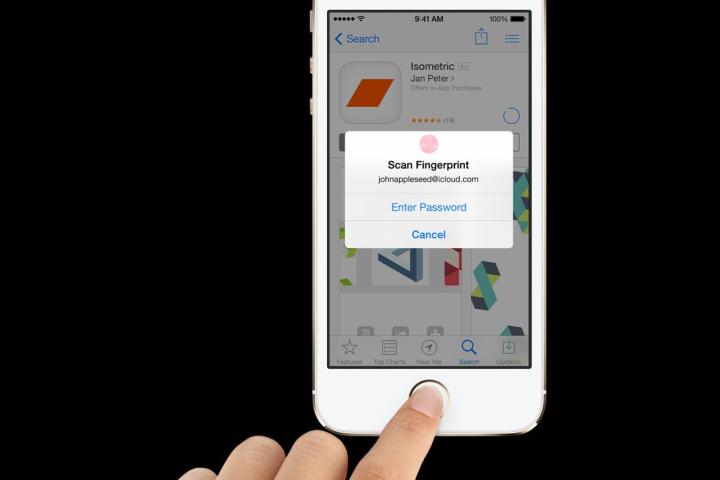
The written proceedings of the trial of the Dallas, Texas man in question paint a picture of a condemnable abuser. Martavious Banks Keys is alleged to have engaged in the sex trafficking of children over the course of two months, forcing girls as young as 14 to ingest drugs and engage in sexual acts in exchange for $150 “a session.” That’s in addition to a long rap sheet: he was convicted in Mississippi of felony vehicle burglary and is prohibited from possessing firearms.
Keys was indicted on June 7 and his possessions, including a laptop and iPhone 5S, were seized. But authorities encountered difficulty in attempting to unlock his phone, according to a search warrant return recently obtained by Ars Technica. “Unable to obtain forensic acquisition [sic] of the describe device,” a forensic investigator wrote. The report doesn’t go into detail, but the barrier was most likely a default iPhone setting which requires, after 48 hours, the use of both a fingerprint and passcode to unlock it.
It’s unclear whether investigators attempted to extract data from Keys iPhone by some other means first. There’s precedent — the U.S. Justice Department recruited a third party to work around security on an iPhone belonging to the San Bernardino gunman. But whatever the case, Judge Magistrate Judge Irma Ramirez apparently saw merit in the prosecution’s argument. “It is further ordered that Martavious Banks Keys shall cooperate with the Agent selected by the government in providing his fingerprints to aid in unlocking his Apple iPhone Model 5S, currently in the custody of the government,” she wrote in a court order dated May 26.
It’s also unclear whether or not the court compelled Keys to provide his passcode, in addition, or whether or not he complied. Refusal could lead Judge Ramirez to hold him in contempt of court, but, as Ars Technica points out, Keys remains behind bars — in other words, he doesn’t have much motivation to do so.
The Keys case is the latest instance of a lower court ordering defendants to unlock fingerprint-protected devices. In 2014, a judge in Virgina ruled that a man accused of strangling his girlfriend provide use his fingerprint to unlock his iPhone. And more recently in May, a California Judge ordered a woman alleged to have committed identity theft to do the same.
Biometric security is physical evidence
That a fingerprint is less secure than a passcode in the eyes of the law may sound a bit counterintuitive, but the case law is fairly unambiguous. The U.S. Supreme Court ruled in Riley v. California and United States v. Wurie that investigators can, with a valid search warrant, can compel suspects to forfeit “physical evidence.” A number of legal experts argue that biometric identifiers — e.g., hair, skin, saliva, and fingerprints — fall into that category. “Unlike disclosing passcodes, you are not compelled to speak or say what’s ‘in your mind’ to law enforcement,” Albert Gidari, Stanford Law School’s director of privacy, told the LA Times. “‘Put your finger here’ is not testimonial.”
But others argue that, as society becomes increasingly dependent on biometric forms of security like Apple’s Touch ID and Microsoft’s Hello on Windows, the Fifth Amendment’s protection against self-incrimination will effectively become meaningless. “[The] government could [eventually] demand that we produce [passwords] without implicating anything we know,” said privacy attorney Marcia Hoffman in a 2013 essay published in Wired. “[That] would make it less likely that a valid privilege against self-incrimination would apply.”
The Supreme Court has yet to hear a case involving the sort of biometric encryption at hand, here. But given the relative consensus among courts thus far — the Supreme Court typically only addresses legal issues which have been interpreted contradictorily by lower courts — a decision in the near future seems unlikely.
Editors' Recommendations
- One of the most iconic iPhone accessories is back — and it’s great
- iPhone 16: news, rumored price, release date, and more
- 5 phones you should buy instead of the iPhone 15
- iPhone SE 4: news, rumored price, release date, and more
- 3 reasons why I’ll actually use Anker’s new iPhone power bank


